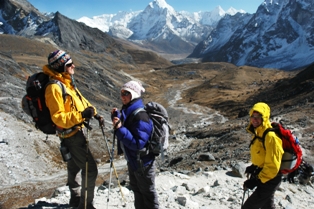Hello Friends,
Your response to our Annapurna and Everest luxury lodge treks with trip leader Peter Rudy this October has been rather overwhelming. With many of you asking questions on similar topics, Peter has decided to address the more frequently asked in a series of Top Tips. This first “Top Tip” will cover ‘What you should carry in your day pack?” Future topics will include food on trek, how to get there, culture, keeping devices powered and more.
Whether you have already decided to join Peter in Nepal or still thinking about it, these Top Tips will help you prepare.

WHAT DO I CARRY ON MY NEPAL LODGE TREK?
First in Trip Leader Peter Rudy’s Top Tip Series
I am heading to Nepal this fall to lead two trips perfect for first timers or experienced adventure travelers: Annapurna Luxury Lodge Trek, October 1- 10, 2021 and the Everest Base Camp “Almost” Luxury Lodge Trek, October 10-26, 2021.
Since Lodge Trekking does not involve camping, what you carry each day hiking will be easy, light but you want to get it right.
QUICK ANSWER: Only what you “might” need during the day of hiking: water bottle or hydration bladder, camera, batteries, memory cards, trekking poles, hat, gloves, spare fleece, lightweight wind/rain pants, spare pair of socks, sunscreen and wet wipes. Also, your wallet and important medicine.
DON’T FORGET: Bring what you might need. You will NOT have access to your main trek/duffel bag once you start out each day.
Tip #1: A comfortable “Day Pack. Day packs have come a long way. The best ones for a lodge trek are light and have lots of compartments. Osprey makes high quality day packs ranging from 13 to 24 liter capacity (how pack volume is measured.) Great day packs now weigh only two or three pounds. They must have adjustable comfy and cushioned shoulder straps and a wide waist strap (keeps the pack from flopping around). TRY THEM OUT with weight inside. WHAT WE OBSERVE: No one brings a pack that’s too small – but we often see ones WAY too large and bulky. Remember – you are not carrying much.
Tip #2: Water. You will be given filtered, sterilized water every morning and lunch to fill your containers. You need to carry two liters. Personal preference how: Hydration bladders or Nalgene water bottles. Some people love bladders to sip while walking and newer model day packs have compartments for them. I am old school and remain a fan of Nalgene bottles, as they have wide mouths making it easy to add a bit of Crystal Light powder for flavor.
Tip #3: Clothes You Would Appreciate if the Weather Changes. Often, the trek day starts out in bright, cool, crisp sun. You in the mountains, so Prepare for Changes: I suggest carrying an extra fleece top, lightweight rain pants and two pairs of gloves: one thin and lightweight (for sun) and another insulated pair for warmth. A spare pair of socks – not often needed but feels wonderful if you do. Hats plural: yes, wide brim trekking hats can look goofy, but are perfect sun protection. And a warm fleece or wool hat.
Tip #4: Camera, Sunglasses and techie stuff. Not all your stuff but enough for that day. While the lodges will have power at night, you need to be self-sufficient during the day. By the way, zip lock baggies are the best organization tools. I recommend carrying a few one quart and one gallon sizes.
Tip #5: Important Stuff. Wallet, money, medicine. Don’t worry, passports, valuables and other important documents are kept in a safe in Kathmandu.
Tip #6: Wet Wipes. Read any extreme mountain climber’s pack list: wet wipes were prominent on the list. They are a godsend for a quick face wipe, hand clean or should you need “to go” on the trail, for personal cleaning. Often called baby wipes, they come in a convenient resealable pack. Get a couple small size packs. Supplement with a supply of hand sanitizer.
CLOSING THOUGHTS: “WHAT TO CARRY” should be a fun exercise and not stressful. Base your decision on what to carry not only from our advice, but your personal experience from previous trips and day hikes. A nice modern day pack, with lots of compartments, will add to the pleasure of hiking in Nepal. Review the Suggested Packing List at the end of the trip itinerary and then email or call with further questions.
Leaving with a Story, of course! “Top Tips” is a British term. Years ago, a British company asked me to guide a trip for 65 up Kilimanjaro.Most had never ever done serious hiking, let alone a trek in Africa.Many were confused with their brand-new gear (some still with labels attached). So, after our first dinner, I announced to the LARGE group I would be explaining “hiking best practices.” They looked confused, until a British guide explained:he will be giving us “Top Tips!” The term has stuck ever since.

